Birth name Damaso Perez Prado Role Singer Name Perez Prado | Labels RCA Victor Genres Mambo Movies Amor perdido | |
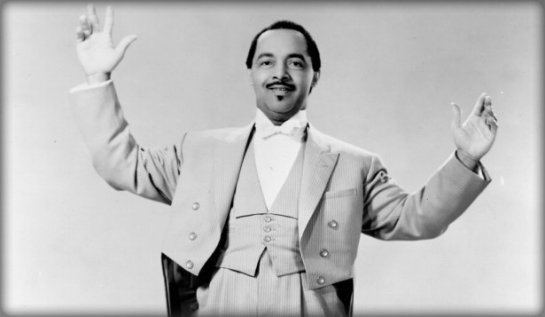 | ||
Also known as The King of the Mambo, "Prez" Prado Occupation(s) Musician, arranger, bandleader, composer Albums Mambos, A Touch of Tabasco, Havana 3 AM, Voodoo Suite, Latin Satin | ||
Perez prado cherry pink and apple blossom white
Dámaso Pérez Prado ([ˈpeɾes ˈpɾaðo]; December 11, 1916 – September 14, 1989) was a Cuban bandleader, singer, organist, pianist and composer, who also made brief appearances in films. He is often referred to as the King of the Mambo. He became known and professionally billed as Pérez Prado, his paternal and maternal surnames respectively.
Contents
- Perez prado cherry pink and apple blossom white
- Perez prado que rico mambo
- Early life
- Famous pieces
- International popularity
- Later life
- Alumni of Prez Prados orchestra
- In popular culture
- Partial discography
- Films
- Songs
- References
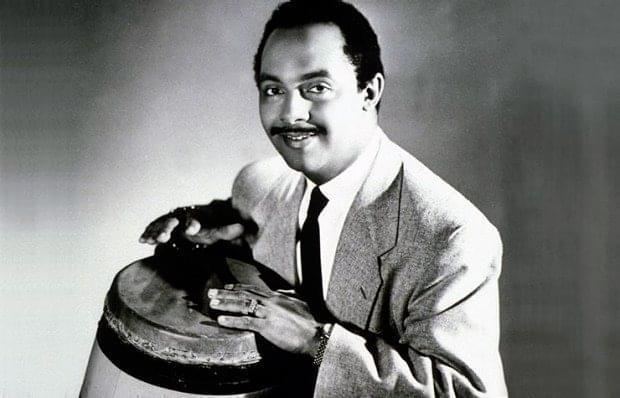
Pérez Prado became a naturalized citizen of Mexico in 1980. His orchestra was the most popular in mambo. His son, Pérez Prado, Jr., continues to direct the Pérez Prado Orchestra in Mexico City to this day.
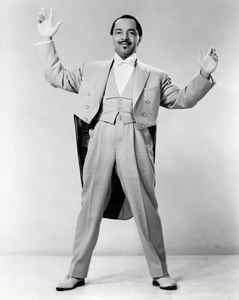
Perez prado que rico mambo
Early life
Pérez was born in Matanzas, Cuba; his mother Sara Prado was a school teacher, his father Pablo Pérez a journalist at El Heraldo de Cuba. He studied classical piano in his early childhood, and later played organ and piano in local clubs. For a time, he was pianist and arranger for the Sonora Matancera, Cuba's best-known musical group at the time. He also worked with casino orchestras in Havana for most of the 1940s. He was nicknamed "El Cara de Foca" ("Seal Face") by his peers at the time.
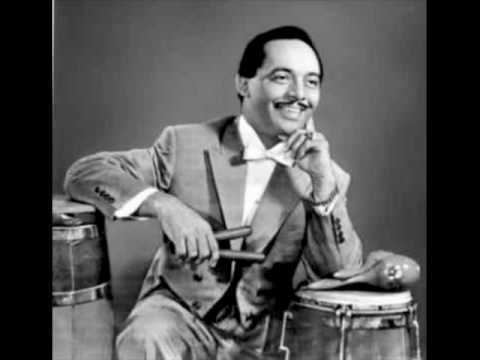
In 1949 he moved to Mexico to form his own band and record for RCA Victor. He quickly specialized in mambos, an upbeat adaptation of the Cuban danzón. Perez's mambos stood out among the competition, with their fiery brass riffs and strong saxophone counterpoints, and most of all, Pérez's trademark grunts (he actually says "¡Dilo! ("Say it!") in many of the perceived grunts). In 1950 arranger Sonny Burke heard "Qué rico el mambo" while on vacation in Mexico and recorded it back in the United States as "Mambo Jambo". The single was a hit, which caused Pérez to launch a US tour. His appearances in 1951 were sell-outs and he began recording US releases for RCA Victor.
Famous pieces
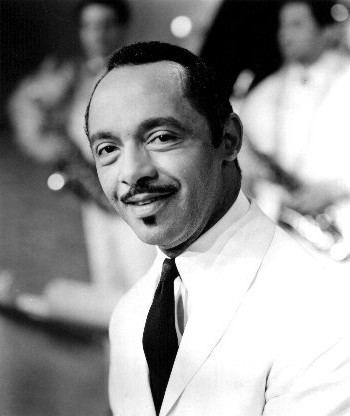
Pérez is the composer of such famous pieces as "Mambo No. 5" (later a UK chart-topper for both Lou Bega in 1999 and animated character Bob the Builder in 2001) and "Mambo No. 8". At the height of the mambo movement in 1955, Pérez hit the American charts at number one with a cha-cha-chá version of "Cherry Pink (and Apple Blossom White)" (composed by French composer Louiguy). This arrangement, featuring trumpeter Billy Regis, held the spot for 10 consecutive weeks, sold over one million copies, and was awarded a gold disc. The song also went to number one in the UK and in Germany. Perez had first covered this title for the movie Underwater! in 1954, where Jane Russell can be seen dancing to "Cherry Pink and Apple Blossom White". In 1958 one of Perez's own compositions, "Patricia", became his last record to ascend to No. 1 on the Jockeys and Top 100 charts, both of which gave way the following week to the then newly introduced Billboard Hot 100 chart. The song also went to number one in Germany, and in the UK it reached number eight.
International popularity
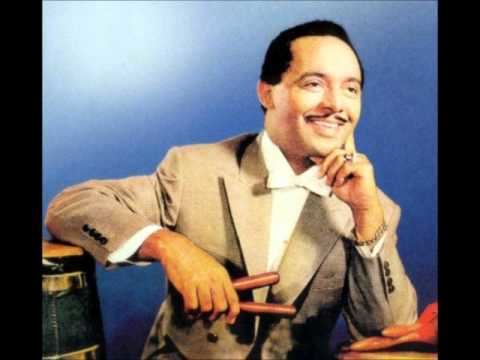
His popularity in the United States matched the peak of the first wave of interest in Latin music outside the Latino communities during the 1940s, 1950s and early 1960s. He also performed in films in the United States and Europe, as well as in Mexican cinema (Rumberas film), always with his trademark goatee and turtle-neck sweaters and vests. With the end of the 1950s, his success waned, and the years gave way to new rhythms, such as rock and roll and then pop music. His association with RCA Victor ended in the 1960s, and his recorded output was mainly limited to smaller labels and recycled Latin-style anthologies.
Later life
In the early 1970s Pérez permanently returned to his apartment off Mexico City's grand Paseo de la Reforma to live with his wife and two children, son Dámaso Pérez Salinas (known as Pérez Prado, Jr.) and daughter María Engracia. His career in Latin America was still strong. He toured and continued to record material released in Mexico, South America, and Japan. He was revered as one of the reigning giants of the music industry and was a regular performer on Mexican television. In Japan, a live concert recording of his 1973 tour was released on LP in an early 4-channel format known as Quadraphonic.
In 1981 Pérez was featured in a musical revue entitled Sun, which enjoyed a long run in the Mexican capital. In 1983 his brother Pantaleón Pérez Prado, a musician who was also known professionally as Pérez Prado, died, and the press erroneously reported Dámaso's death. His last United States appearance was in Hollywood on September 12, 1987, when he played to a packed house. This was also the year of his last recording. Persistent ill health plagued him for the next two years, and he died of a stroke in Mexico City on September 14, 1989, aged 72.
Alumni of Pérez Prado's orchestra
During his lifetime, notable musicians worked in his orchestra, including:
In popular culture
"Patricia" was later featured in
His mambo records and the joyous dancing they caused, are described in a later chapter of Jack Kerouac's seminal novel, On the Road (1957).
His songs "Caballo Negro", "Lupita", and "Mambo no.8" featured in the film Santa Sangre (1989) by Alejandro Jodorowsky. His recording of "Cherry Pink (and Apple Blossom White)" featured in the films Deal of the Century (1983), Cookie (1989), and Parents (1989).
In the decade after his death, the popularity of Perez's music was on the rise again. CD reissues of his RCA recordings continue to sell steadily. "Guaglione" peaked at number 2 in the UK Singles Chart in 1995, and reached number 1 in the Irish singles chart, following its use in the Guinness television commercial Anticipation. "Mambo No. 5" was featured in another Guinness commercial, Swimblack, in 1998 (the year before Lou Bega took his sampled cover version of that same song to the top of the UK chart).
The soundtrack to the 1997 action thriller Mean Guns heavily features the music of Prado, as it is the favorite choice of Ice T's character in the film.
The soundtrack to the 1999 movie Office Space featured two of his performances, "Mambo No. 8" and "The Peanut Vendor."
In 1999, Prado was posthumously inducted into the International Latin Music Hall of Fame.
The soundtrack to the 2004 movie Diarios de Motocicleta featured Perez's "Qué rico el mambo", more commonly known as "Mambo Jambo".
Avant-garde musician Nurse With Wound recorded a tribute, Funeral Music for Perez Prado, exceeding 30 minutes in length.
Pérez Prado's song "La Chunga" has been used as the theme music for several versions of The Spud Goodman Show.
Partial discography
Pérez recorded for RCA Victor from 1950 to 1965.
Films
Songs
Cerezo Rosa
Sway
Mambo #8
